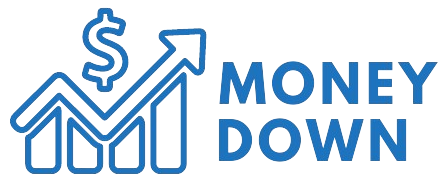Alaska
When it involves retirement advantages for public employees, Alaska is an outlier state, offering only 401(k)-style defined contribution (DC) advantages to its employees. Alaska residents who provide essential public services do not need an outlined profit (DB) pension plan, and teachers don’t even contribute to Social Security. Not only are these staff extremely financially disadvantaged, however the state can be facing a deeply problematic public workforce shortage – including teachers and public safety staff.
Now Alaska is at a crossroads. Alaskans known for his or her pioneering spirit at the moment are considering a return to pensions for his or her public employees to assist address the workforce crisis. If Alaska were to maneuver forward with a return to pensions, here’s what the state could expect.
First, the transition back to retirement would mean that current employees can be asked to decide on the retirement plan that suits their goals and preferences, namely the pension or the savings plan. Additionally, Alaska public employees can be required to come to a decision whether to make use of their current savings within the DC account to buy past service credits within the retirement plan.
Second, at the executive level, the Alaska Retirement Management (ARM) Board can be accountable for developing and implementing the brand new retirement plan structure. Based on evidence from states like Wisconsin and South Dakota, the board would likely seek to develop a advantages system that balances affordability with sustainability. The ARM board could consider establishing a collaborative process amongst stakeholders that drives decision-making about pension increases and post-retirement cost sharing, or adopting a more automatic, formulaic approach that bases these decisions on metrics similar to funding ratios or contribution levels.
In particular, the South Dakota Retirement System (SDRS) experience offers useful lessons for Alaska’s considerations. The SDRS Board annually reviews pension plan returns and asset levels, which serves because the fulcrum for determining the feasibility of varied profit levels. This process, based on the plan’s financial performance, has resulted in stable costs over time.
Thirdly, for a return to pensions it might be crucial that the interests of those involved are aligned. Whether employees, pensioners or taxpayers: everyone involved has a legitimate interest within the successful financing of retirement provision. By fostering a collaborative environment with well-aligned incentives, Alaska can move toward a sturdy and resilient retirement system. The chart below shows how well risk sharing worked in state plans in South Dakota (SDRS) and Wisconsin (WRS) when comparing cost levels to other public plans throughout the highly volatile 2001-2023 period.
Employer contributions as a percentage of wages
In the past, Alaska offered retirement plans that placed all risks on employers. Today, DC pension plans place all of the danger on employees. The recent pension plan proposal provides a middle ground where employers, retirees and employees share risks, underscoring the state’s commitment to supporting Alaska’s public workforce while maintaining fiscal responsibility.
It isn’t clear how quickly worker retention might improve if a pension plan is reinstated, or whether the development will bring retention to the extent of those that worked below the previous pension level. But we all know that between health care, retirement and other advantages, firms spend a whole lot of billions of dollars annually to supply advantages that employees value in order that they stick with those firms. The retention effects of profit plans are the inspiration of your entire worker advantages industry. The proven fact that staff have embraced the potential of returning to retirement provides real hope that workforce and retirement challenges will change.

